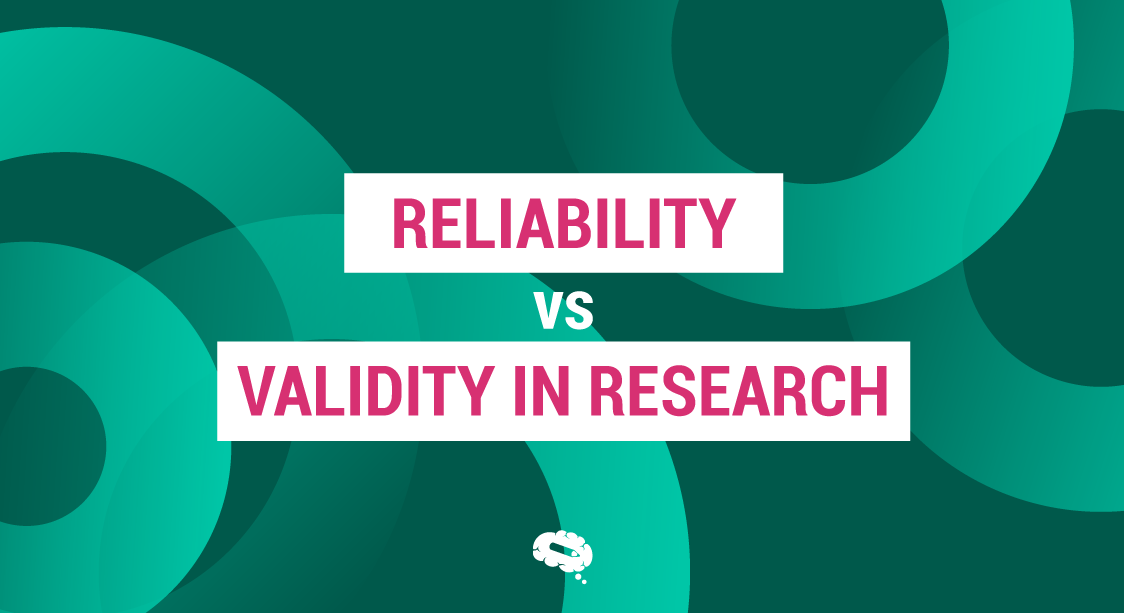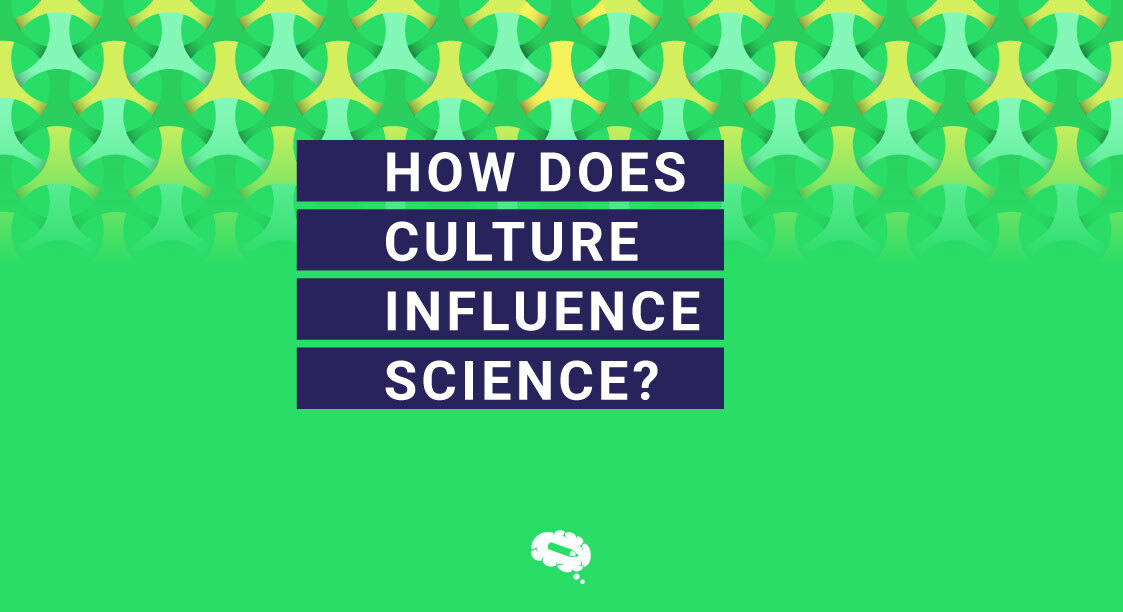As the world of scientific research continues to expand, it becomes increasingly important to measure and understand the impact of scholarly work. The h-index has emerged as a widely used metric for evaluating research impact. By considering both the number and quality of publications and their citation counts, the h-index offers a valuable tool for assessing the influence of researchers and their contributions. In this article, we will explore the concept and significance of the h-index as a metric for measuring research impact. We will also examine how it is calculated, its strengths, limitations, and real-world applications.
What Is H-Index?
The h-index is a metric used to quantitatively measure the impact and significance of a researcher’s scholarly work. It was proposed by physicist Jorge E. Hirsch in 2005 as a means to assess a scientist’s cumulative research contributions. The h-index considers both the quantity (number of publications) and the quality (number of citations) of a researcher’s work.
The h-index has become widely adopted and is used in various academic disciplines to evaluate the research output and reputation of individual scientists. It serves as a useful tool for assessing a researcher’s productivity, visibility, and overall contribution to their field. However, it is important to note that the h-index should not be the sole factor in evaluating a researcher’s work, and it has its limitations, particularly in disciplines with different citation practices or in cases of self-citations.
How To Calculate H-Index?
The h-index is calculated by ranking an individual’s publications in descending order based on the number of times they have been cited. The value of h is determined by identifying the number of papers (N) in the list that have N or more citations. For example, if a researcher has eight articles that have each been cited at least eight times or more, their h-index would be 8. The h-index is considered a representative measure of research impact as it accounts for both the number of publications and their citation counts, mitigating the influence of highly cited papers and considering the overall impact of a researcher’s work. However, it’s important to note that the calculation of the h-index can vary depending on the database used and may be affected by factors such as the inclusion of older publications and self-citation.

In this example, the h-index of the researcher is determined by identifying the point where the number of citations matches or surpasses the corresponding serial number. This highest point is where the researcher’s most influential papers lie. Beyond this point, the serial number becomes greater than the number of citations, indicating that the subsequent papers have received fewer citations and have had a relatively lower impact. As a result, these less impactful papers are excluded from calculating the h-index as they do not make a significant contribution to the researcher’s overall research impact. Therefore, the researcher’s h-index is 8, representing the maximum number of publications that have garnered a substantial level of recognition.
Pros And Cons Of Using The H-Index As An Evaluation Criterion
Pros of using the h-index as an evaluation criterion:
Comprehensive measure: The h-index takes into account both the quantity and quality of research output, providing a more holistic assessment of a researcher’s impact compared to simple citation counts or the number of publications alone.
Objective and standardized: The calculation of the h-index is consistent across different researchers and fields, making it a standardized metric that can be used for comparison and benchmarking purposes.
Sustained impact: The h-index rewards researchers who have made a sustained impact over time, as it considers the cumulative citations received by their work, rather than focusing solely on a few highly cited papers.
Cons of using the h-index as an evaluation criterion:
Limited scope: The h-index primarily focuses on citation-based impact and may not capture other forms of research impact, such as societal impact, industry collaborations, or contributions to non-academic sectors.
Subjectivity in citation patterns: Citation practices can vary across disciplines, leading to differences in citation rates and potential biases. Fields with lower citation rates or longer publication cycles may be disadvantaged when using the h-index as a sole evaluation criterion.
Dependency on data sources: The h-index can be influenced by the choice of the database or citation index used, as different databases may have variations in coverage or citation tracking methods, leading to inconsistencies in h-index values.
Inability to account for self-citations: The h-index does not distinguish between self-citations and citations from other researchers, potentially inflating the h-index through excessive self-promotion.
Insensitivity to recent impact: The h-index may not reflect recent research contributions, as it considers cumulative citations over a researcher’s career. Consequently, researchers with substantial recent impact may not be accurately represented by their h-index.
Benefits Of Using The H-Index As An Evaluation Criterion
The h-index, utilizing citation databases, academic citations, journal reports, conference proceedings, and fractional allocation measures, offers several benefits as an evaluation criterion. It provides a standardized and objective measure of a researcher’s impact and visibility within their field, considering both journal articles and conference contributions.
Citation Databases
Citation databases, such as Web of Science, Google Scholar, and Scopus, contain vast collections of scholarly publications and their citation records. These databases compile citations from various sources, including journal articles, conference papers, and patents. Researchers can use these databases to access citation data for specific publications, track their own citation counts, and calculate their h-index. These databases provide a reliable and comprehensive source of citation information for evaluating research impact.
Academic Citations
Academic citations are references to scholarly publications made by other researchers in their own work. They indicate that a publication has been influential or relevant to subsequent research in the field. The h-index considers the number of academic citations received by a researcher’s publications as a measure of their impact and influence within the academic community.
Journal Citation Reports (JCR)
JCR is a database produced by Clarivate Analytics that provides citation metrics for thousands of scholarly journals. JCR includes information on the citation counts received by articles published in these journals, including the journal impact factor. Researchers can access JCR to identify high-impact journals in their field and determine the citation performance of their publications. By considering journal citations, the h-index incorporates the prestige and visibility associated with publishing in reputable and influential journals.
Conference Proceedings
Conferences are important venues for researchers to present their work and share findings within their specific academic communities. Conference proceedings contain collections of papers presented at conferences, including abstracts, full papers, and sometimes extended versions of selected works. The h-index can include citations from conference papers, allowing researchers to account for the impact of their conference contributions alongside their journal publications. This inclusion acknowledges the significance of conference presentations and recognizes the broader dissemination of research findings in the scientific community.
Google Scholar Citations
Google Scholar is a popular web search engine that indexes scholarly literature across various disciplines. Google Scholar Citations is a feature that allows researchers to create profiles and track citation metrics for their publications. It provides a broader coverage of publications, including journal articles, conference papers, theses, preprints, and reports. The h-index calculated using Google Scholar Citations incorporates a wide range of sources and can capture a researcher’s impact beyond traditional academic publications. However, it is important to note that Google Scholar Citations may include non-peer-reviewed or less reliable sources, requiring researchers to exercise caution when using them for evaluation purposes.
Fractional Allocation Measures
In collaborative research, where multiple authors contribute to a publication, the h-index allows for fractional allocation of citations. This means that each author can claim a fraction of the citations received by the publication. Fractional allocation ensures that each author receives appropriate credit for their individual contributions within a collaborative work. It prevents bias towards single-authored papers and acknowledges the shared effort and impact of multiple authors.
Challenges With Using The H-Index As An Evaluation Criterion
To overcome the challenges, it is crucial to consider the H-index alongside other evaluation criteria, such as field-specific metrics, expert peer review, qualitative assessments of research output, or alternative metrics that measure broader impact. By adopting a more comprehensive evaluation approach, the limitations of the h-index as a standalone criterion can be mitigated, leading to a more holistic and fair assessment of researchers’ contributions.
Publication Types And Broad Impact
The h-index primarily relies on citations from journal articles and conference papers, which may not fully capture the broader impact of research. Other forms of scholarly output, such as books, book chapters, patents, or software, are often excluded or underrepresented in h-index calculations. This limitation can be particularly relevant for researchers in certain fields where non-traditional publication types hold significant importance.
Citations Per Paper
The h-index does not account for the variations in citation rates among different fields or subfields. Some fields have higher average citation rates than others, which can lead to skewed h-index values and potentially disadvantage researchers in fields with lower citation rates. The h-index may not provide a fair comparison of research impact between researchers working in diverse disciplines.
Time-Dependent Nature of Citations
The h-index considers the cumulative citation count throughout a researcher’s career, which can disadvantage early-career researchers or those who have recently shifted research focus. It takes time for publications to accumulate citations, and the h-index may not reflect recent contributions or emerging research impact accurately.
Self-Citations And Gaming
The h-index can be influenced by self-citations, where researchers excessively cite their own work to inflate their h-index. While self-citations can be legitimate and necessary in certain cases, they can also be used to manipulate the metric. The h-index alone may not effectively address this issue and may require additional scrutiny to ensure its integrity.
Inconsistencies Across Databases
The calculation of the h-index can vary depending on the choice of citation database. Different databases have varying coverage and citation tracking methodologies, leading to discrepancies in h-index values. Researchers may find different h-index values when using different databases, which can create confusion and hinder fair and accurate evaluations.
Limited Contextual Information
The h-index provides a numerical measure of research impact but lacks contextual information about the nature, quality, or significance of individual publications. It does not capture the nuances of a researcher’s contributions, such as groundbreaking discoveries, high-impact publications, or collaborations with industry or society. Relying solely on the h-index may overlook these important aspects of research impact.
Make Scientifically Accurate Infographics In Minutes
Mind the Graph platform is a valuable tool that assists scientists in creating scientifically accurate infographics in just minutes. Infographics play a crucial role in visually communicating research findings, complex scientific concepts, and data in a clear and engaging manner. Mind the Graph offers a user-friendly interface with a vast library of pre-designed templates, icons, illustrations, and graphs specifically tailored to scientific content. Scientists can easily customize these elements, add their data, and incorporate text to create professional-looking infographics.

Subscribe to our newsletter
Exclusive high quality content about effective visual
communication in science.





